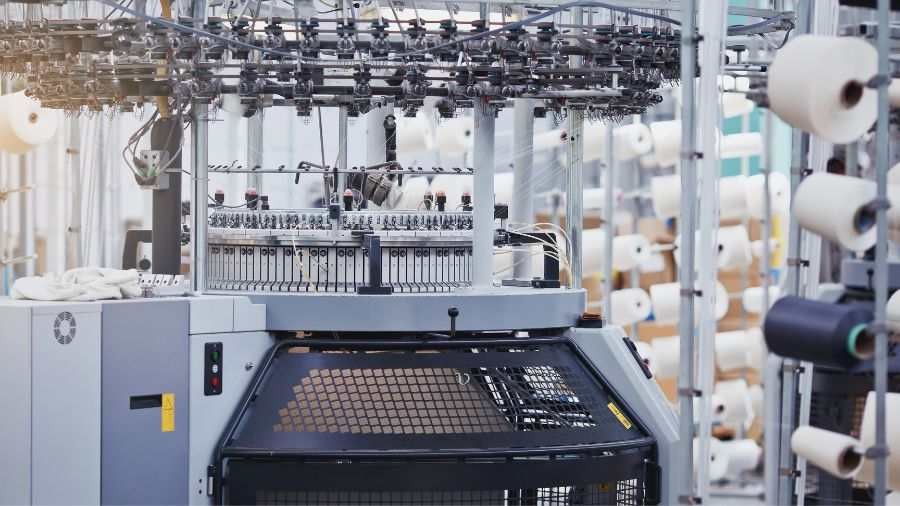Revolutionizing Textile Industry - The Impact of Printing Machinery

The textile industry is undergoing a significant transformation, driven by advancements in printing machinery. From fabric printing to dyeing and finishing, these machines are reshaping how textiles are manufactured worldwide. According to recent market analysis, the demand for printing machinery has surged, indicating a pivotal shift in the industry landscape.
Printing machinery, the backbone of modern textile production, plays a crucial role in enhancing efficiency and quality. With the integration of cutting-edge technologies such as digital printing and automation, manufacturers can achieve unparalleled precision and speed in their operations. This not only reduces production costs but also opens up avenues for innovative design possibilities.
The rise in demand for dyeing equipment and finishing machinery further underscores the growing reliance on advanced printing solutions. As textile companies strive to meet evolving consumer preferences and sustainability standards, investing in state-of-the-art machinery has become imperative. Statistics reveal a substantial increase in the adoption of eco-friendly dyeing and finishing processes, driven by regulatory pressures and consumer awareness.
Fabric printing machines, in particular, have witnessed a surge in popularity due to their ability to deliver vibrant colors and intricate designs on various substrates.
The competitive landscape of the textile machinery market is undergoing rapid evolution, with manufacturers vying to differentiate themselves through technological innovation and service excellence. Industry analysts predict continued growth in demand for printing machinery, driven by emerging markets and the shift towards sustainable manufacturing practices.
Despite the promising outlook, challenges remain for stakeholders in the textile industry. Supply chain disruptions, volatile raw material prices, and geopolitical uncertainties pose significant risks to market stability. Moreover, the ongoing digital transformation necessitates continuous upskilling of workforce to harness the full potential of modern printing machinery.
